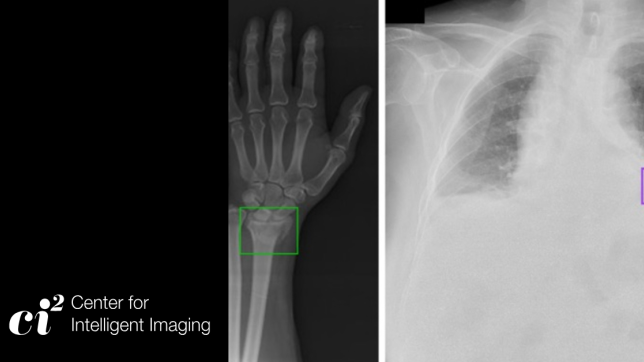At the University of California, San Francisco's Center for Intelligent Imaging (ci2) SRG Pillar meeting, visiting graduate students Julien Genzling and Céleste Gallien delivered detailed presentations on their current research projects. These presentations highlighted their contributions to advanced neurological research, particularly in the areas of deep brain stimulation (DBS) and diffusion tractography.
Julien Genzling, a third-year engineering student at École Polytechnique, presented his work on "Automated Localization of Converging White Matter Tracts for Deep Brain Stimulation Planning in Treatment-Resistant Depression (TRD)." He began by explaining the foundational aspects of DBS, a neurosurgical technique that implants electrodes in specific regions of the brain, such as white matter tracts, to address treatment-resistant neurological and psychiatric disorders. Genzling focused on depression, stating, "DBS has been shown to reduce connectivity between depression-linked brain regions and promotes white matter remodeling." His research centers on developing computational methods that improve the precision of electrode placement during DBS, aiming to enhance the recruitment of critical white matter tracts involved in the brain's response to the treatment.
Genzling's approach relies heavily on diffusion imaging and tractography, technologies that allow for the measurement of water movement in the brain to infer white matter fiber orientations. His presentation offered insights into a study of DBS performed in 2018, which demonstrated the effectiveness of stimulating specific white matter tracts, such as the forceps minor, cingulum bundle, and anterior fasciculus. However, as Genzling noted, "Until now, there is no standardized way to find the intersection of tracts, and it is done currently by hand...a very long and difficult process." To address this issue, his research seeks to develop an algorithm capable of automatically identifying the optimal target locations for electrode placement, a method he tested using the ABCD dataset. His work promises to standardize tract targeting, ultimately refining the efficacy of DBS procedures.
Following Genzling, Céleste Gallien, a master's student in engineering at École Polytechnique, presented her research titled "Using Deep Learning to Explore Diffusion Tractography Associations in the ABCD Dataset." Her focus was on leveraging machine learning to examine the structural differences in white matter associated with Attention-Deficit/Hyperactivity Disorder (ADHD) and other neurodevelopmental conditions. Gallien explained, "ADHD is one of the most common neurodevelopmental disorders globally...but despite its prevalence, it is still poorly understood." Her work employs deep learning algorithms, specifically autoencoders, to investigate whether structural variations in white matter, as detected through diffusion tractography, can be linked to ADHD.
Gallien's methodological framework involves training the autoencoder to identify "normal" white matter structures from the dataset of non-ADHD subjects, then testing it on both ADHD and non-ADHD subjects. By focusing on reconstruction errors—differences between the predicted and actual brain structures—she hoped to reveal abnormalities specific to ADHD. However, as Gallien candidly noted, "The results were mixed, with no significant differences observed between ADHD and non-ADHD subjects in terms of reconstruction error." Nevertheless, her work revealed some signal in other phenotypes, such as reading ability and parental education level, suggesting that further refinement of the model might yield more substantial findings. Gallien's research represents a promising intersection of machine learning and neuroscience, opening doors for improved diagnostic methods and a deeper understanding of ADHD.
Both presentations demonstrated significant advancements in the fields of neuroimaging and computational neuroscience. While Genzling's research focused on the optimization of DBS for depression treatment, Gallien's work emphasized the potential of machine learning in unraveling complex neurological conditions. Their research highlights the contributions of emerging researchers in developing more precise and reliable methods for diagnosing and treating psychiatric and neurodevelopmental disorders.
To learn more about the upcoming SRG Pillar meetings, visit the ci2 events page.



